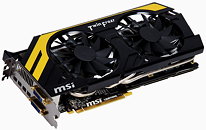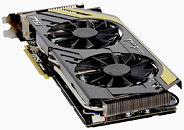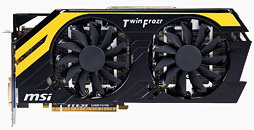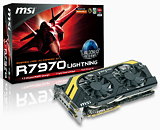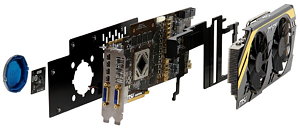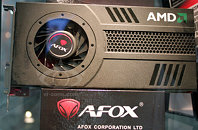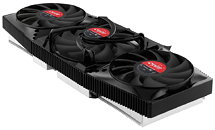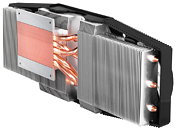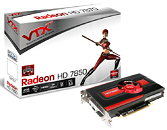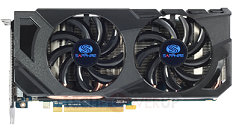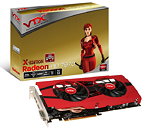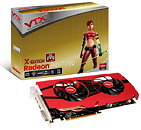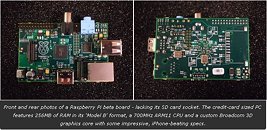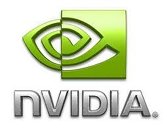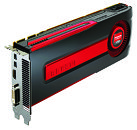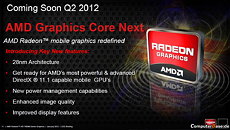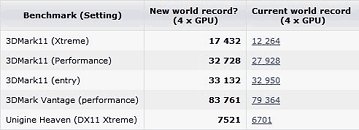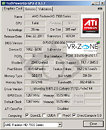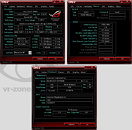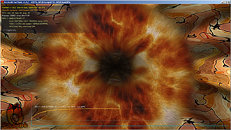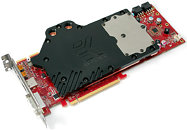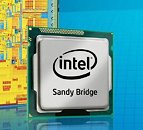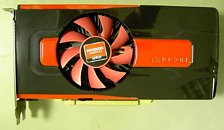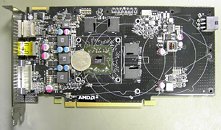
MSI Announces Next Generation R7970 Lightning Graphics Card
Leading international graphics card and mainboard maker MSI today announced the release of the MSI R7970 Lightning, the new heir to the throne of Lightning graphics cards. Equipped with AMD's 28 nm Radeon HD 7970 GPU, the MSI R7970 Lightning features an all-new Unlocked Digital Power Architecture that incorporates an Unlocked BIOS, Digital PWM Controller, and Enhanced Power Design to boost overclocking potential to new heights and make overclocking easier than ever.
In an industry first, the proprietary "GPU Reactor" power supply module reduces power supply noise and also boosts overclocking stability as well. To keep this beast cool, the MSI R7970 Lightning utilizes the latest Twin Frozr IV Thermal Design equipped with Dust Removal Technology. The dual 10 cm fans with Propeller Blade Technology generate massive airflow for fast heat dissipation while remaining whisper silent. The two form-in-one heat sinks improve cooling for memory and the power supply module as well ensure structural integrity.
In an industry first, the proprietary "GPU Reactor" power supply module reduces power supply noise and also boosts overclocking stability as well. To keep this beast cool, the MSI R7970 Lightning utilizes the latest Twin Frozr IV Thermal Design equipped with Dust Removal Technology. The dual 10 cm fans with Propeller Blade Technology generate massive airflow for fast heat dissipation while remaining whisper silent. The two form-in-one heat sinks improve cooling for memory and the power supply module as well ensure structural integrity.
